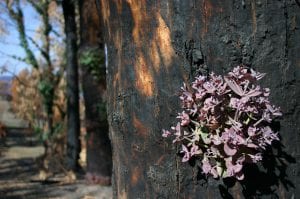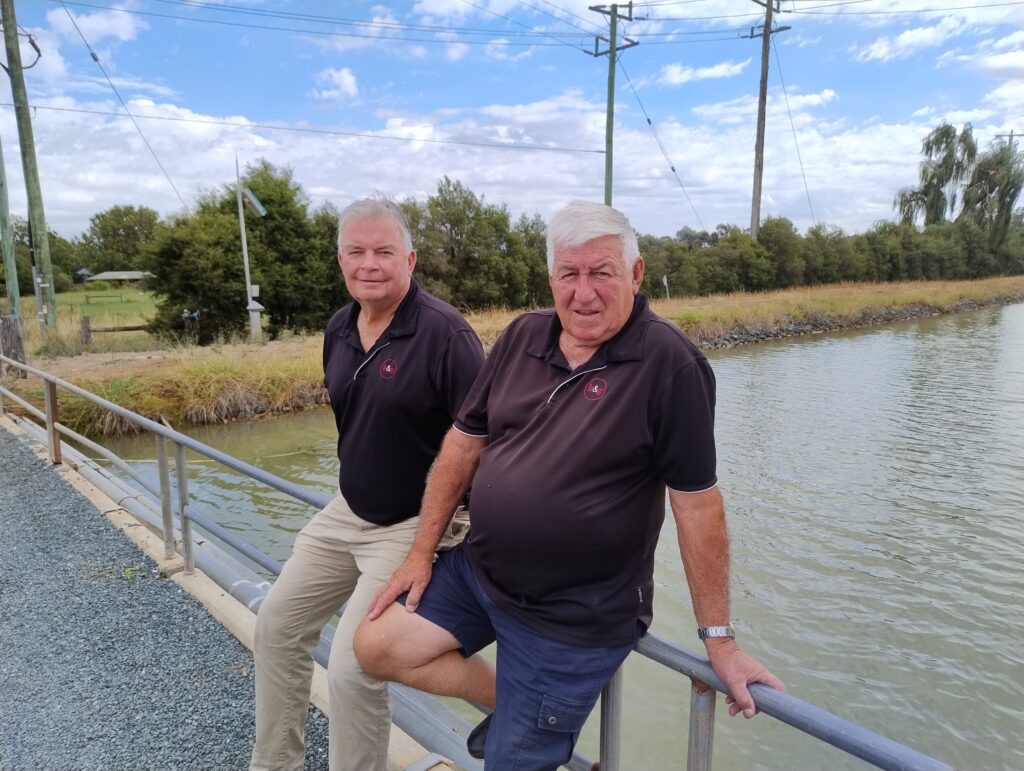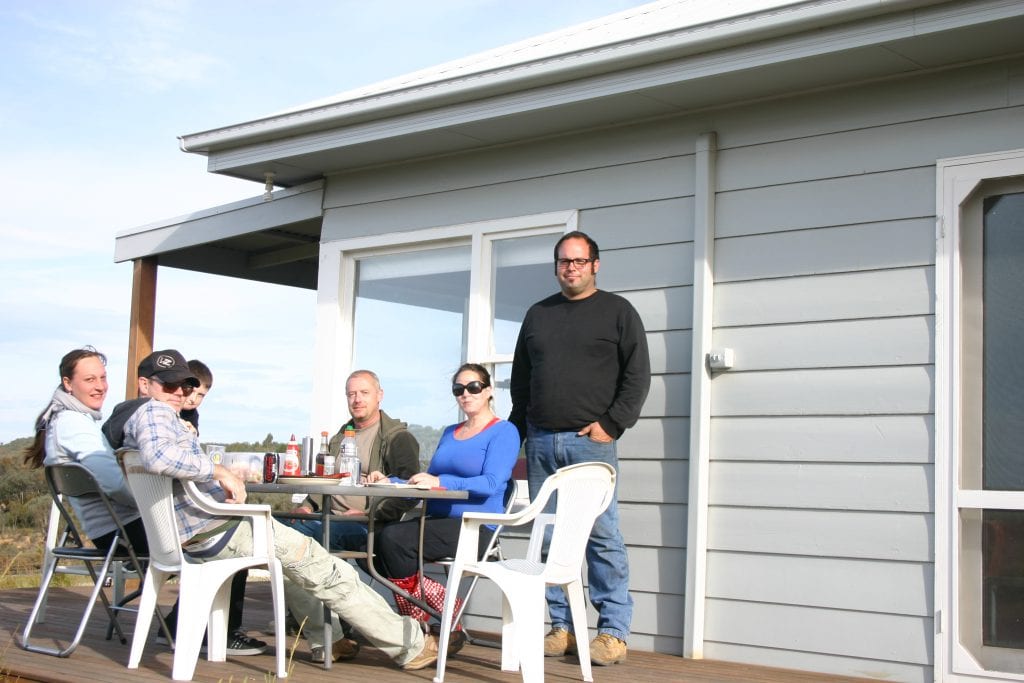Former Chief Officer of the Country Fire Authority says it is not what you build a house from that helps make it fireproof but how it is built.
CFA chief and director of Operations from 2001 until 2010, Russell Rees, says CFA fire-fighters often found many properties were burnt after the main fire front had raced through.
“There was graphic footage on a number of the TV channels of the (2001) Sydney fires of ember attack,” Mr Rees said.
“There will be embers before and afterwards and its the embers that nest in all those places everywhere from the doormat at the back of the house through to the roof and all those gaps.
“A lot of that is due to the fact that the whole countryside is dry and there is plenty of loose fuel around in the trees, on the ground and it’s all blowing (around).”
A smooth or rough house wall finish could mean embers ignite or glance off
He said there were many types of building materials suitable to build a house with but the materials need a smooth finish that did not catch embers.
“It is generally not so much about what you build it out of it’s how you build it in relation to the types of materials,” Mr Rees said.

“So the rougher the materials the more of an issue it is (to attract fire). For example, rough sawn timber, things like railway sleepers in the garden bed (can attract embers).
“It is also about whether the house has enclosures or openings, that is, underneath the house in the roof void or round the windows where embers can sit or be caught.”
He said rural property owners must regularly collect forest litter, especially as trees became more stressed due to drier conditions and shed more leaves and branches.
“Well they (property owners) need to clean up regularly, absolutely,” Mr Rees said.
“If you are living on a rural property that has got some trees you have got to think about, well what’s the state of my grassland, what’s the state of my fuel litter.
“The second thing to understand is whilst fuel may be low in the grasslands due to drought or whatever, the fire will still carry across dry country, sparse country.
“It may not be as intense a fire but it will still carry. Therefore the assumption that low fuel necessarily means a significant lower fire risk is not true.”
Mr Rees said he urged all property owners to manage their water supplies to cater for their own needs but also for fire-fighters.
“They need to understand that the fire services will be looking for water as there is not necessarily a lot of water about.”




